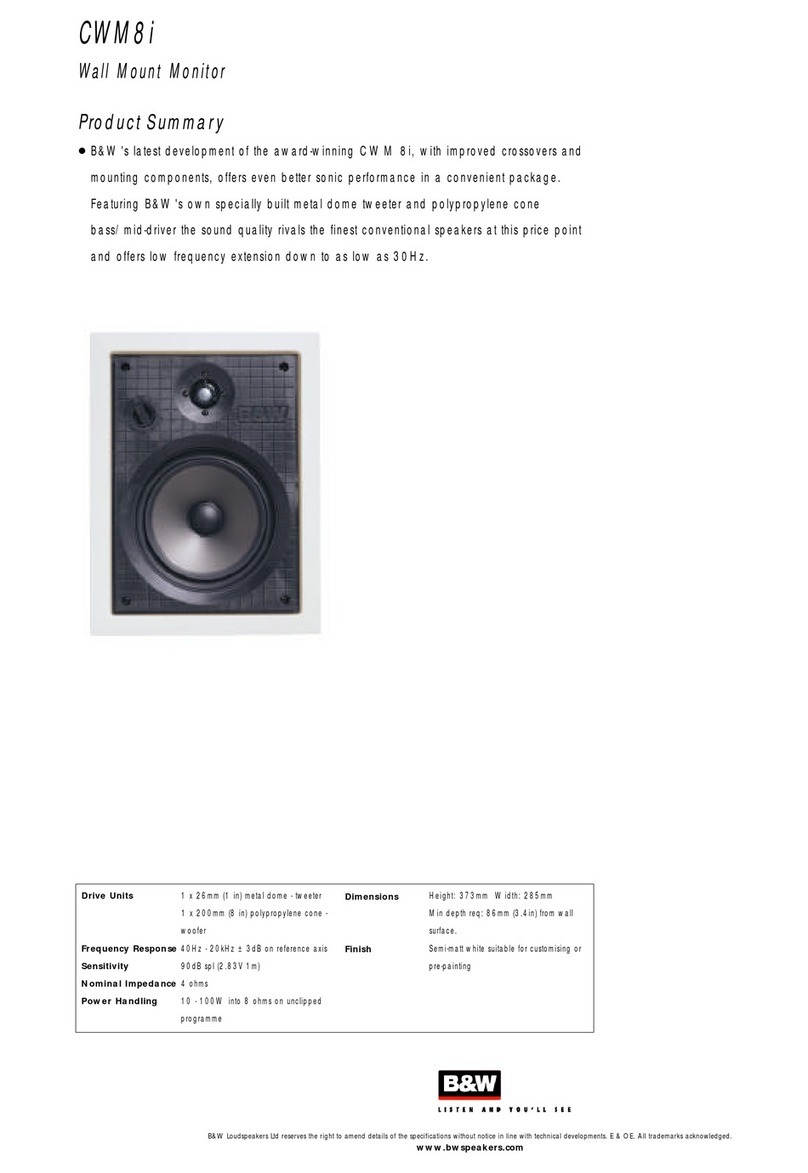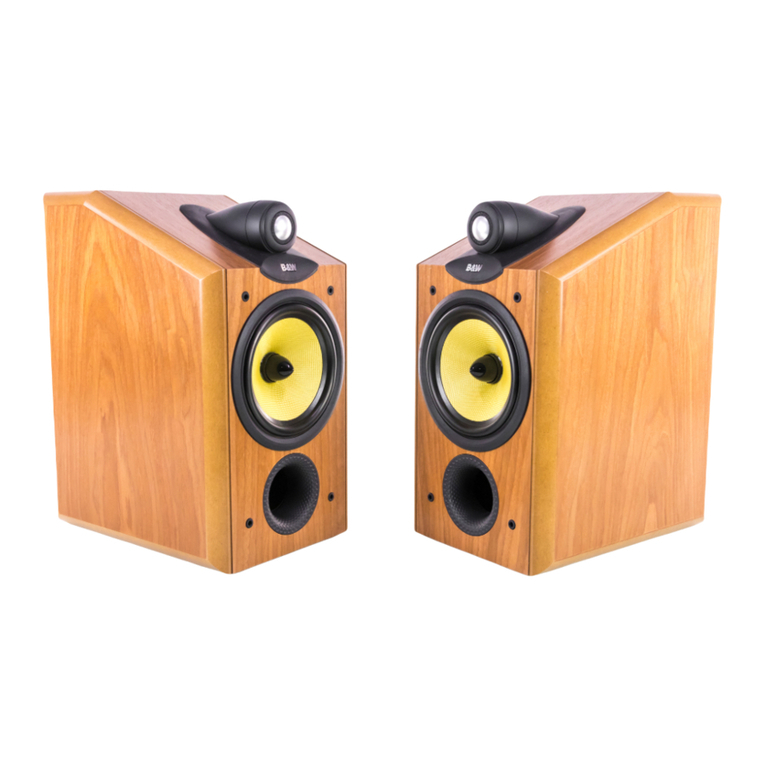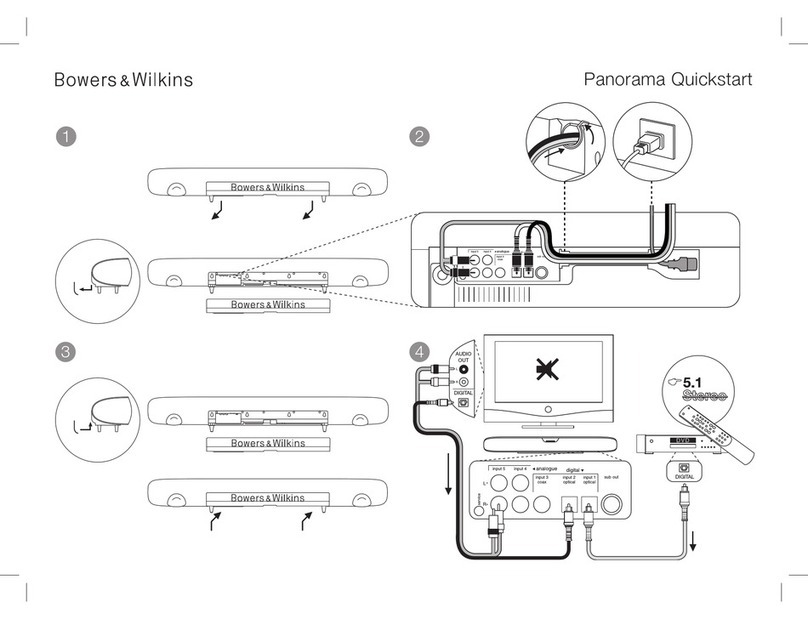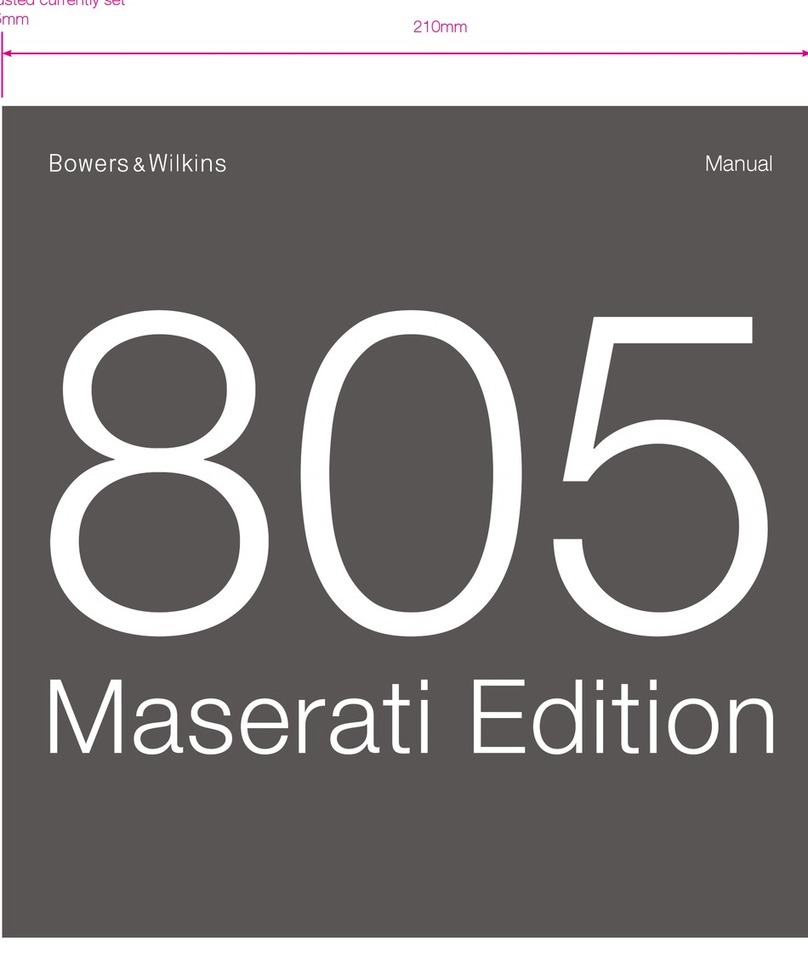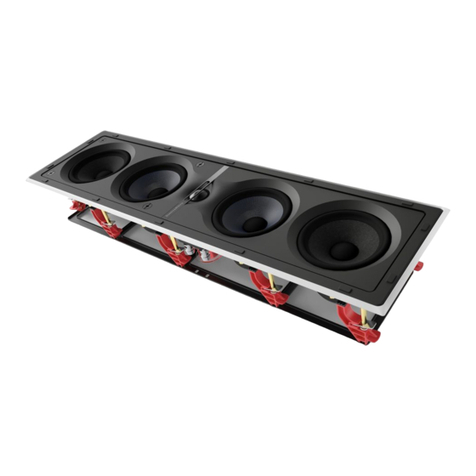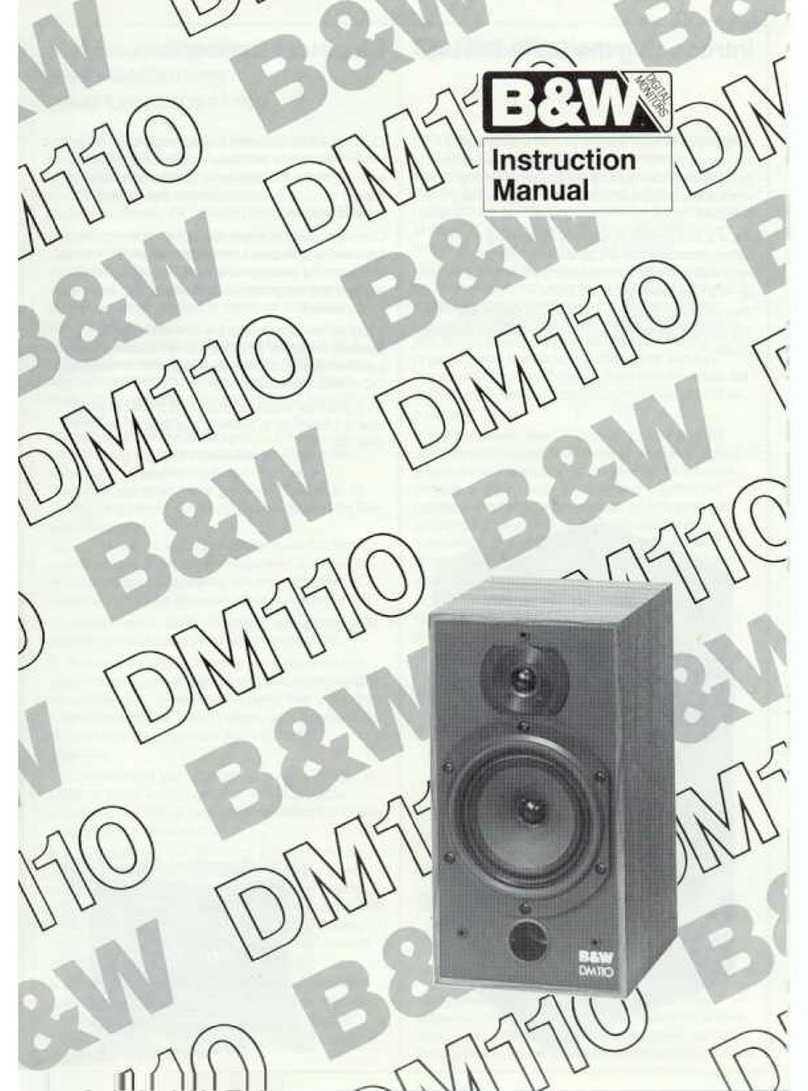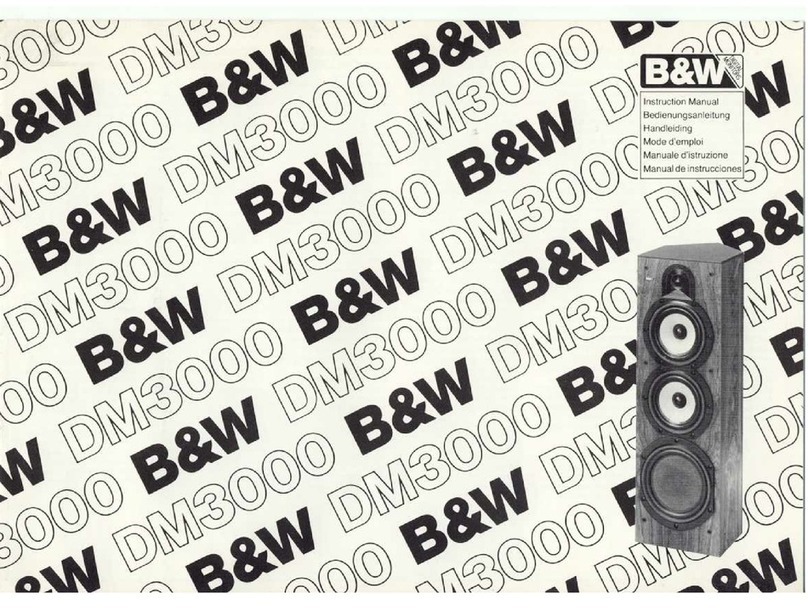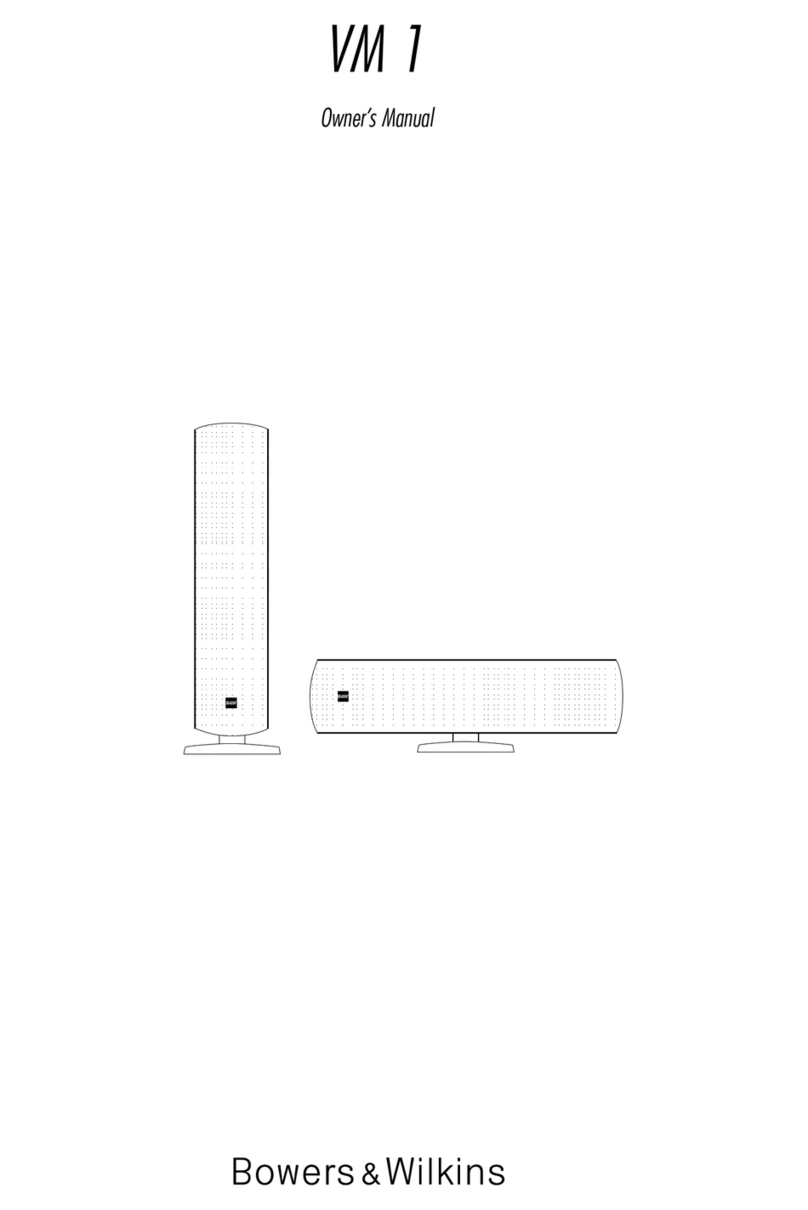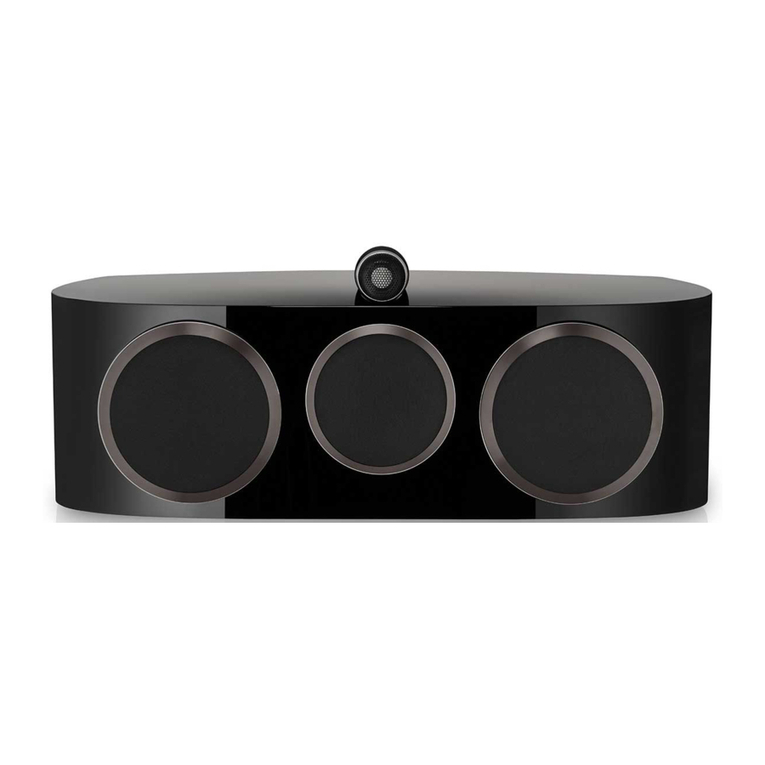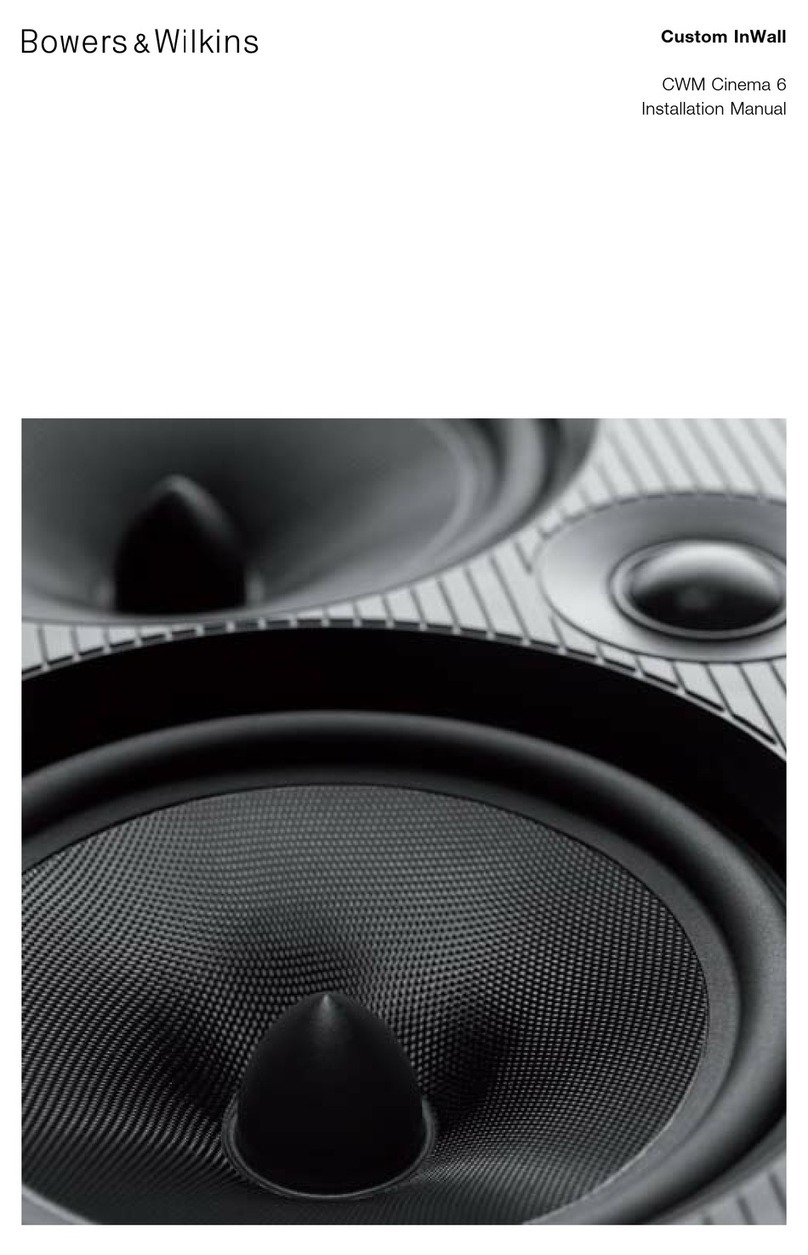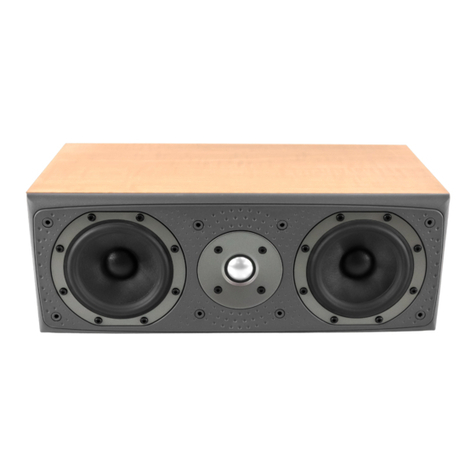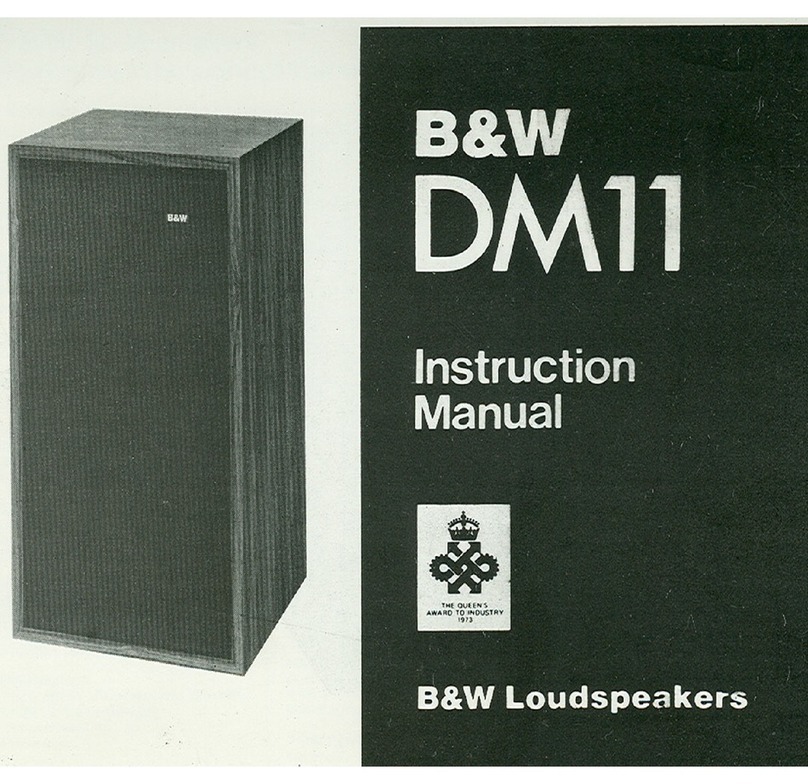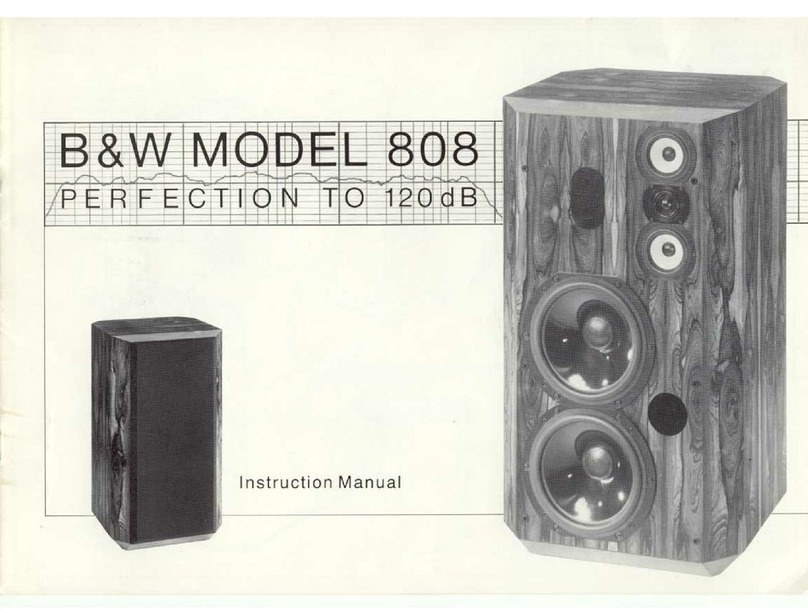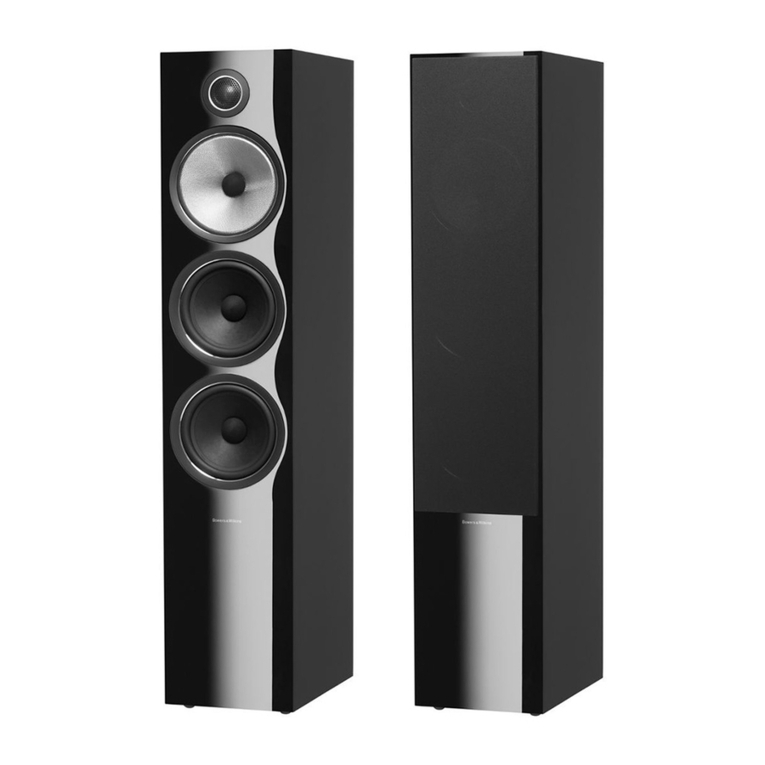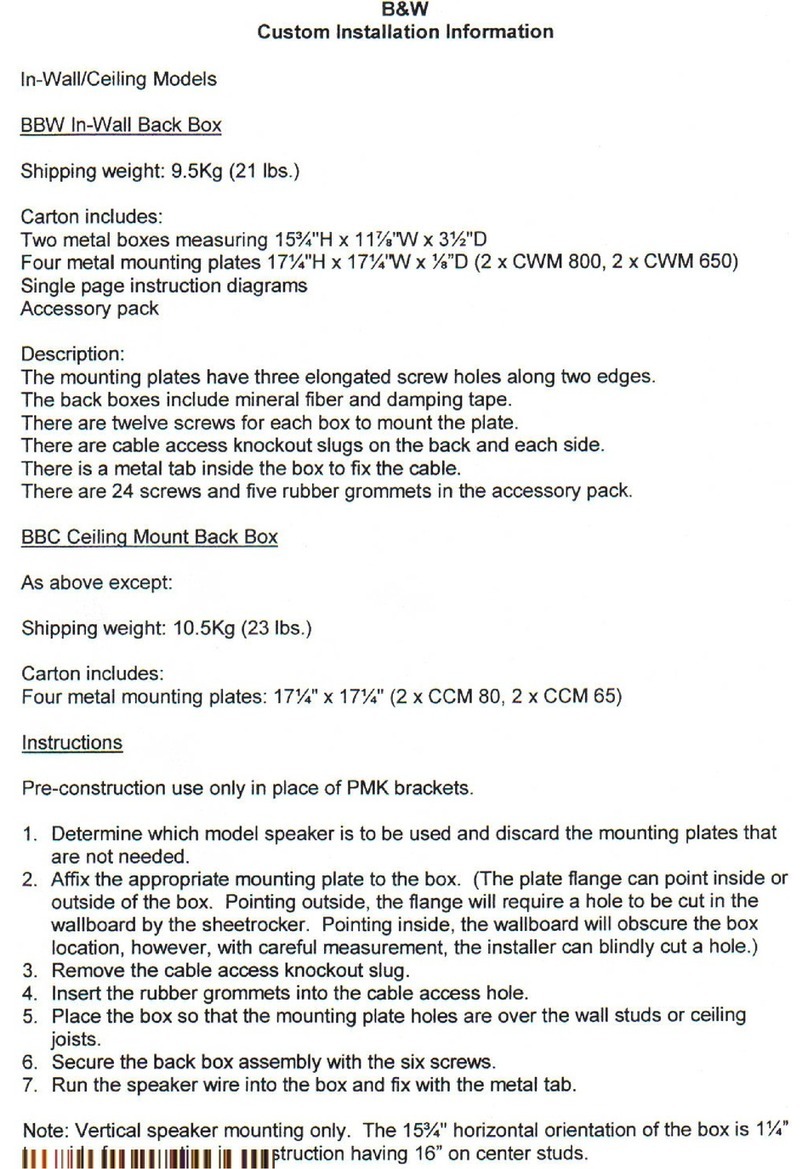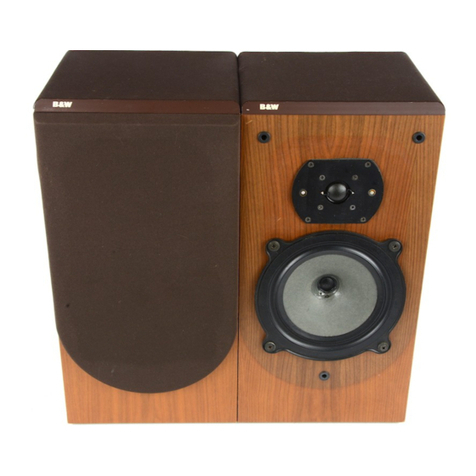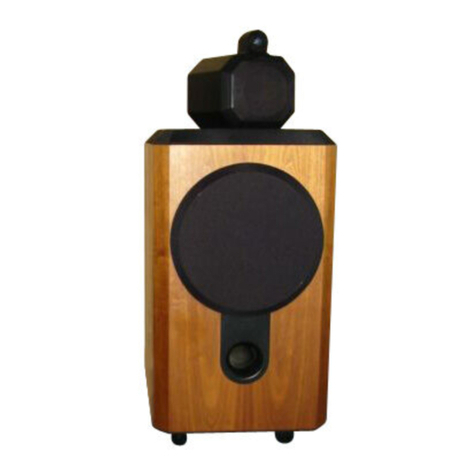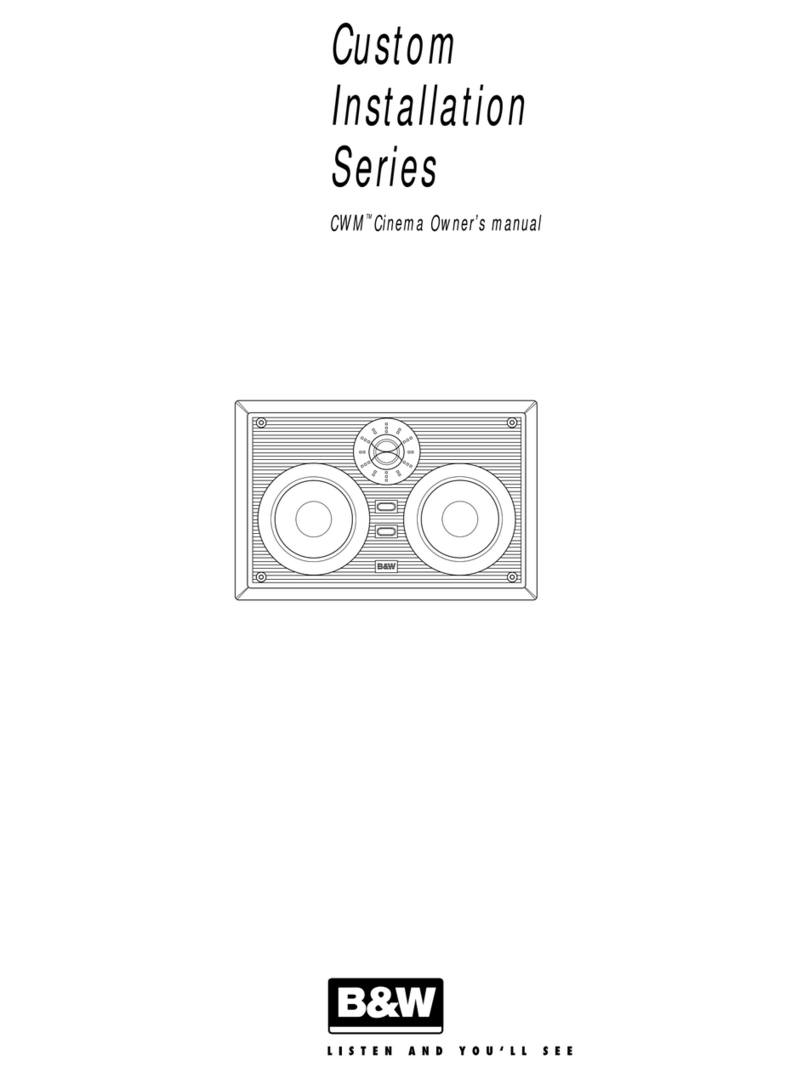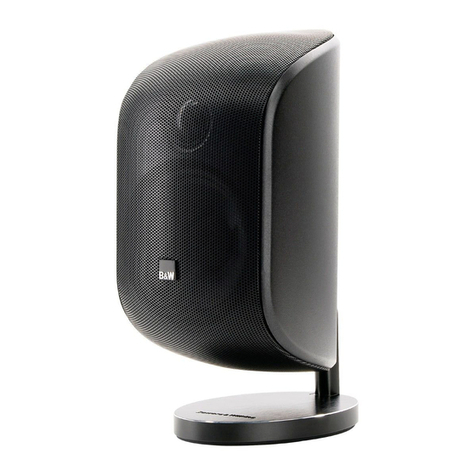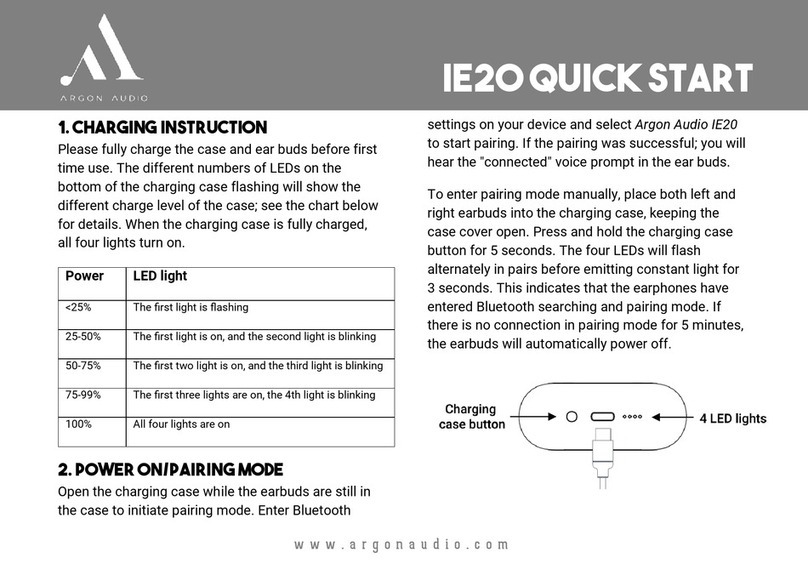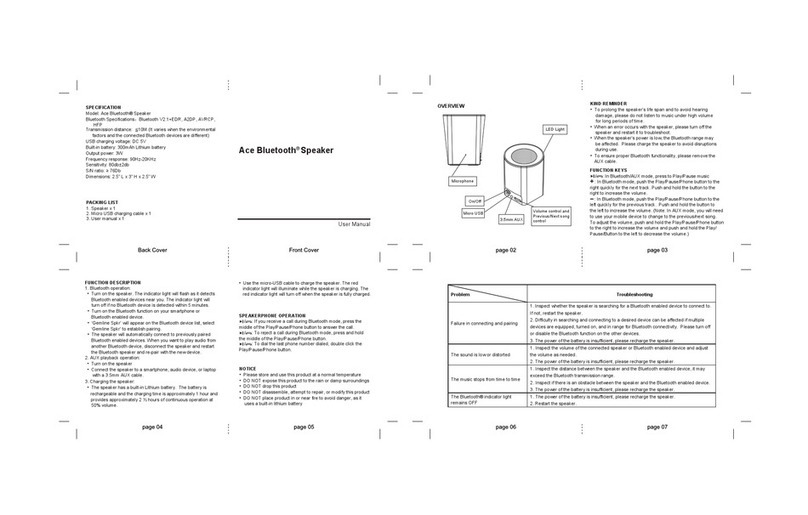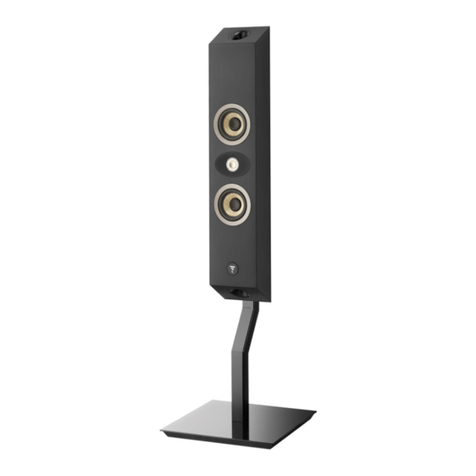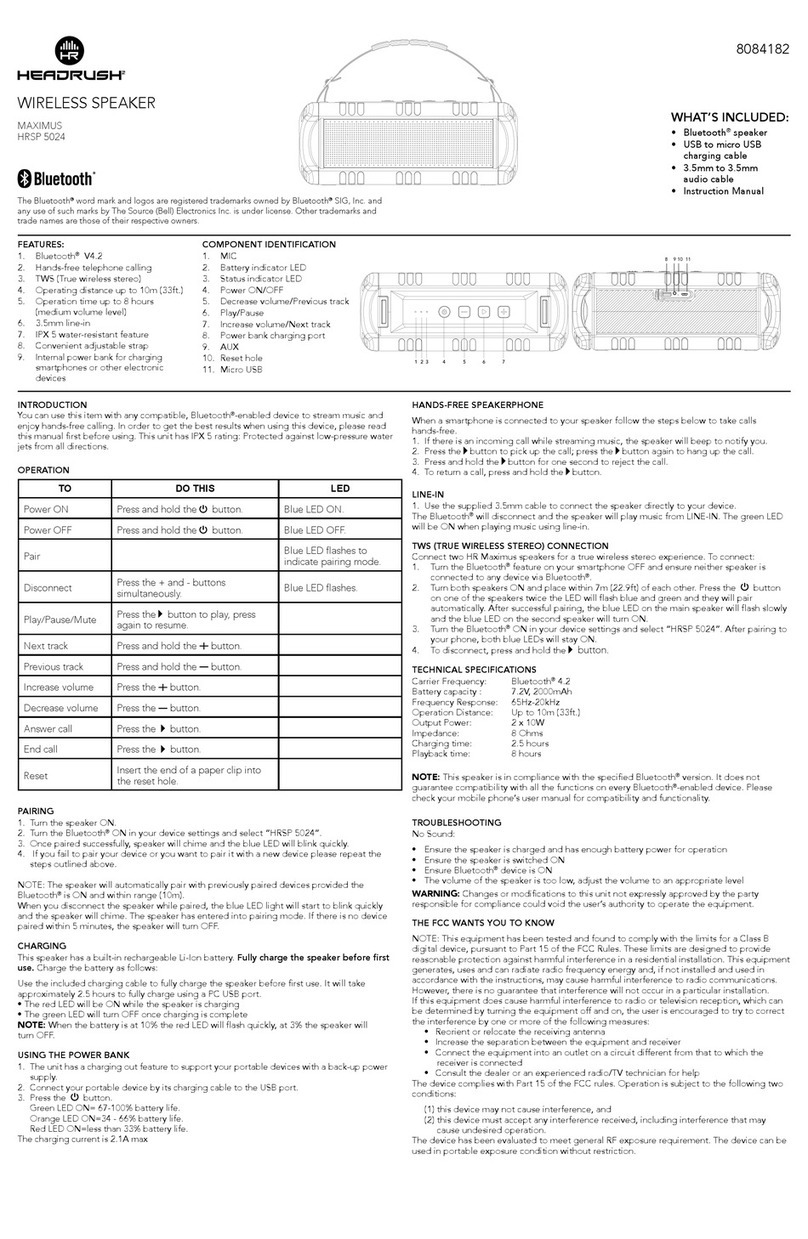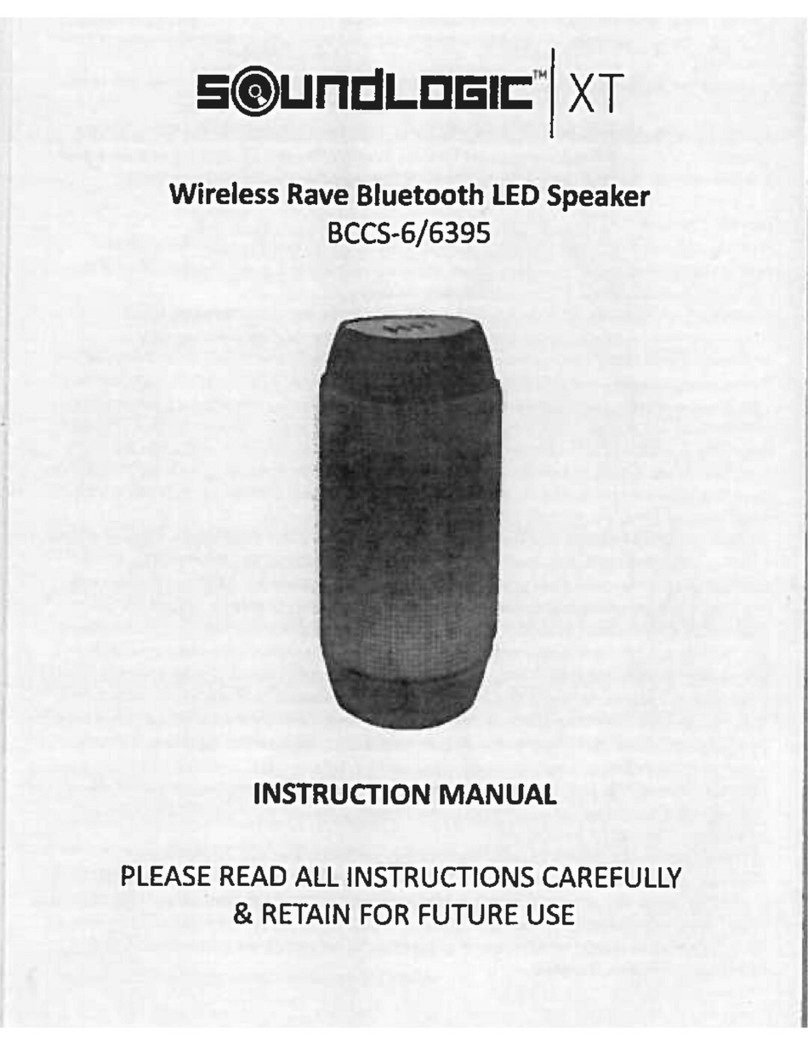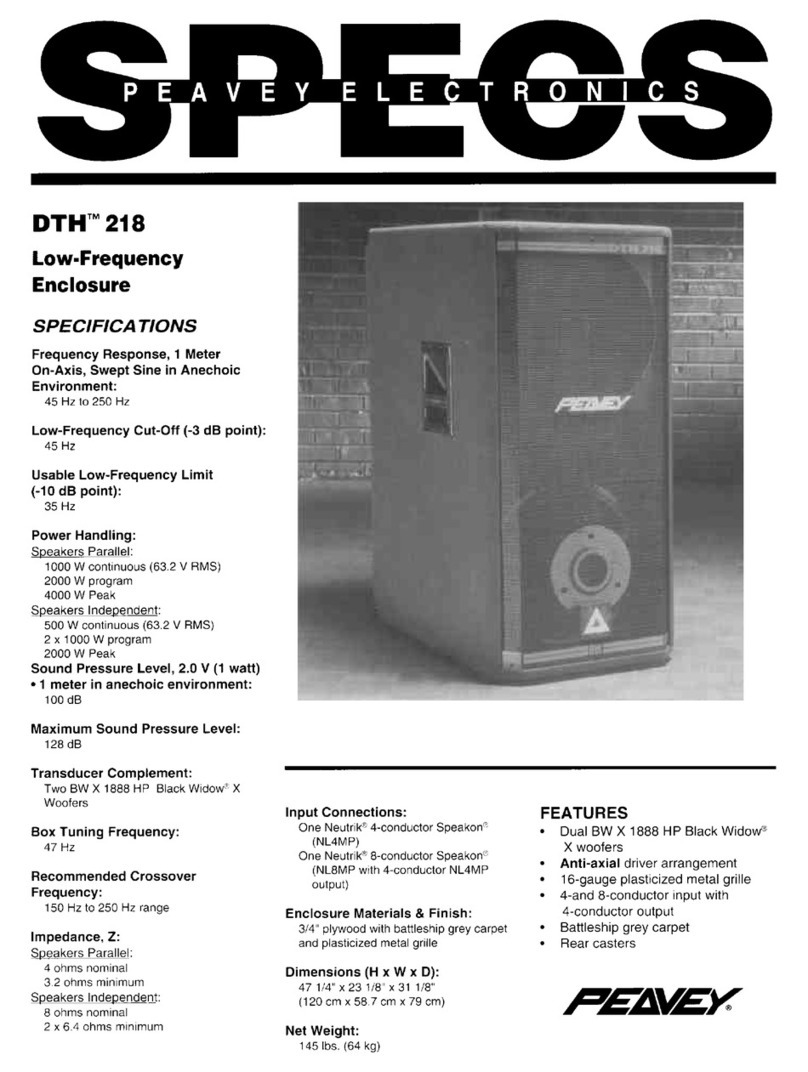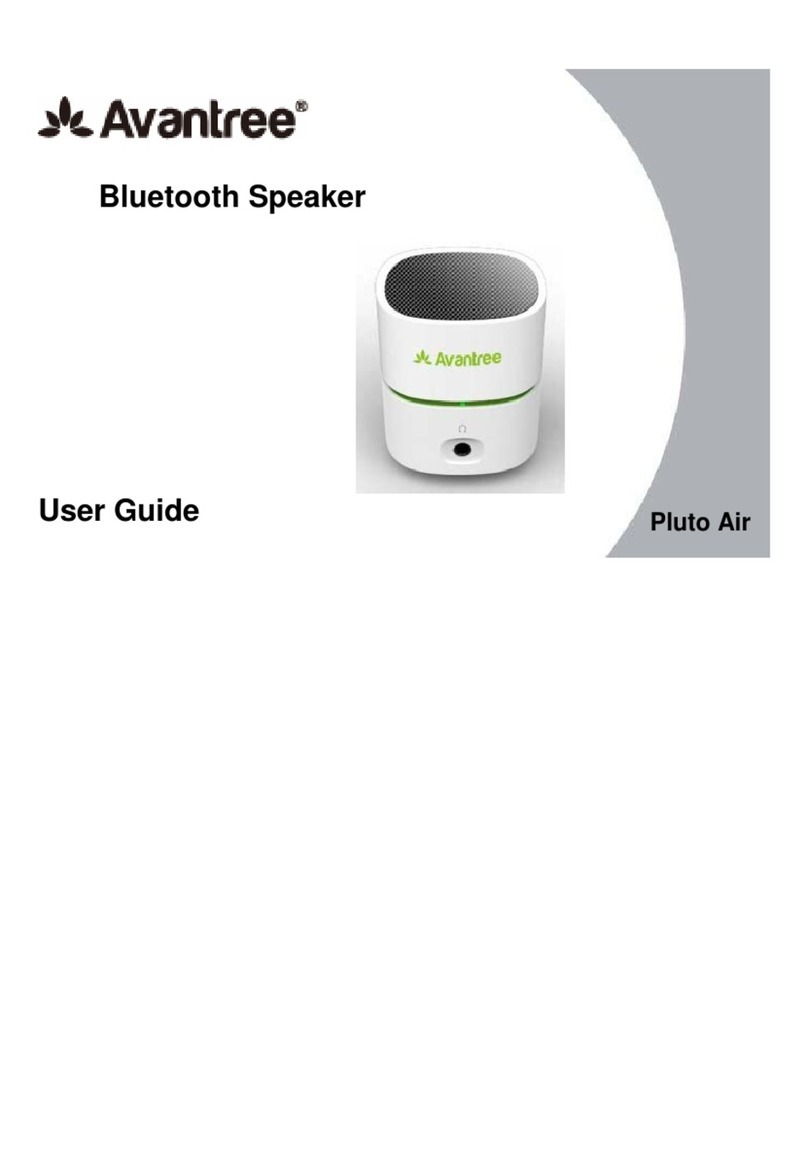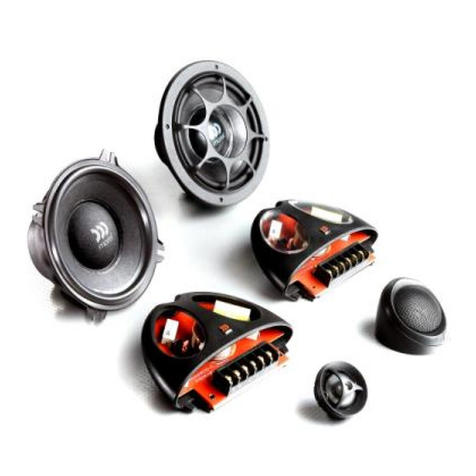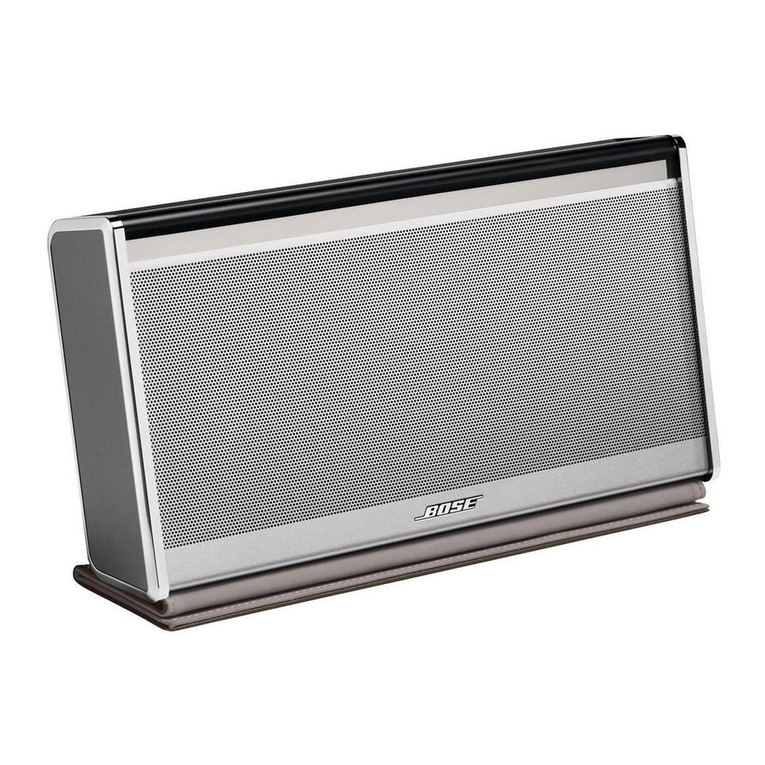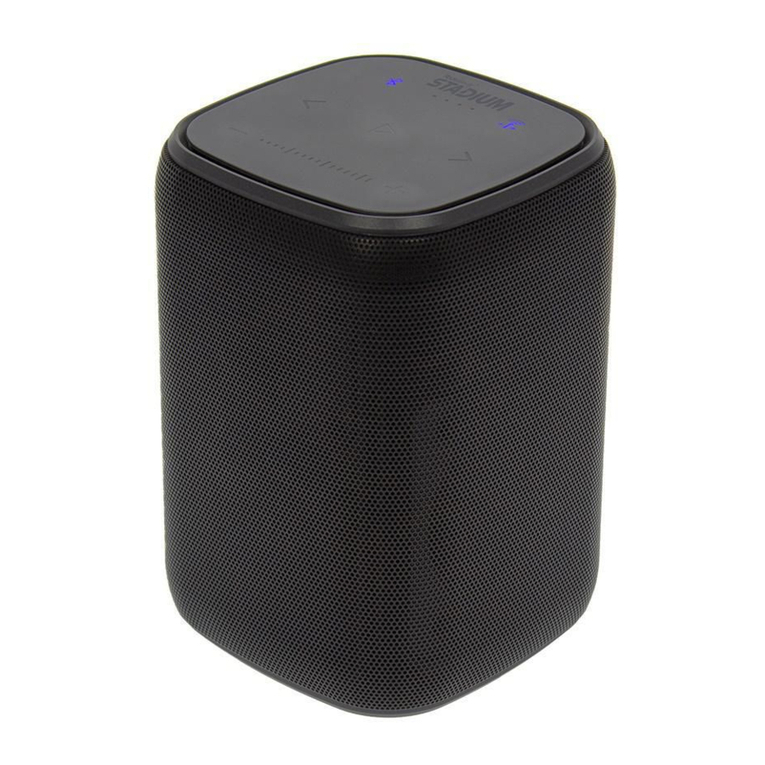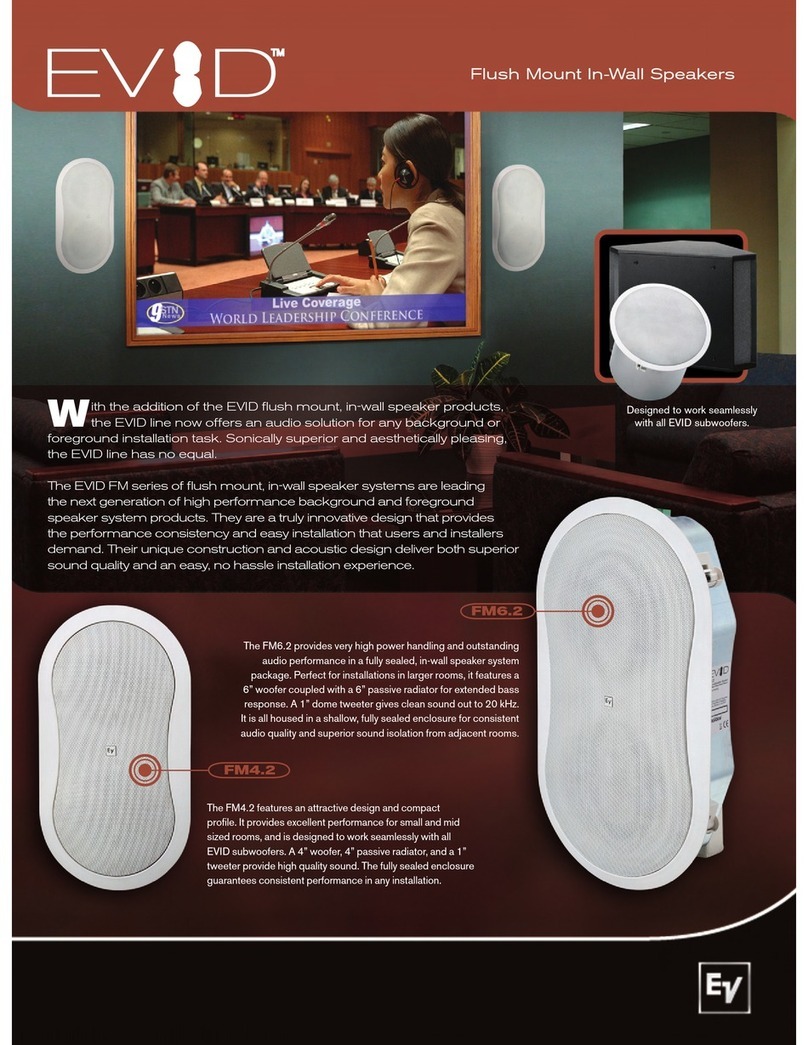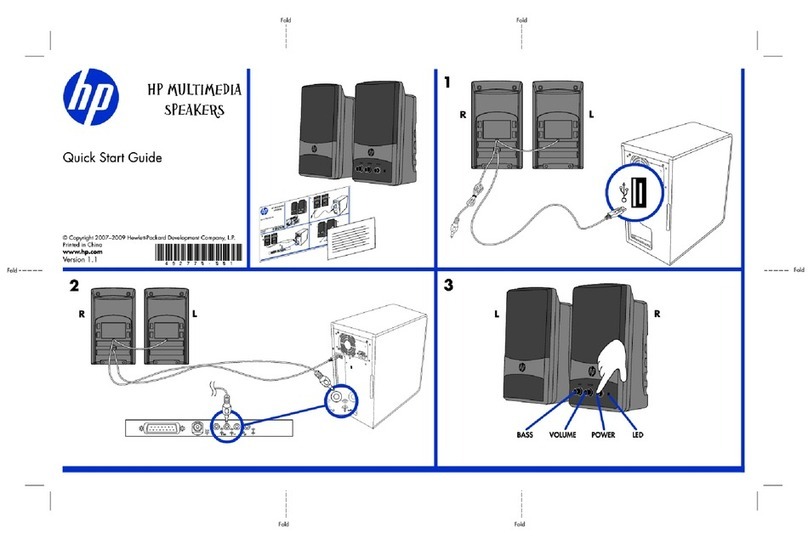
5
ENGLISH
2. Positioning
FS-805 D4 or 804 D4
FS-805 D4 and 804 D4 are intended to be oor
mounted only. It is important to ensure that they
stand rmly on the oor using the spike feet supplied
whenever possible.
FS-805 D4 and 804 D4 are supplied with both spikes,
(intended for mounting the speaker on a carpeted oor)
and rubber feet (intended for mounting the speaker on
a hard oor).
Note:Ifthespikesareusedonahardoor,itis
advisabletoplaceahardprotectivesurfacebetween
thespikesandtheoortoensurethattheoorisnot
markedbythespike.
In order to stabilise the speaker, initially fully screw
the lock nuts onto the spikes/rubber feet. Then screw
the spikes/rubber feet fully into the threaded inserts
in the base of the speaker/stand. If the speaker/stand
rocks when placed on the oor, unscrew the spikes/
rubber feet that do not touch the oor until the speaker/
stand rests rmly without rocking. Finally lock the nuts
against the base by using the supplied tool to gently
tighten the nut whilst using the supplied bar to stop the
spike/rubber foot rotating.
Note:Takecarenottomarkthenishofthe
speakerplinthorstandbasewhenusingthe
adjustmenttools.
It may be more convenient to t and adjust the
spikes/rubber feet after speaker positioning has been
optimised in the room. If tting or exchanging the
spikes/rubber feet, after removing the speaker from its
packaging, the speaker can be carefully lowered onto
its side to ease access to the underside of the base.
It is advisable to place the speaker on a soft, non-
marking surface when lowering it to ensure that the
surface nish is not damaged. Once the spikes/rubber
feet are tted, the speaker can be lifted into position.
Note:Itisadvisablethattwopeopleworktogetherto
lifttheproductduetoitsweight.Thespeakershould
notbedraggedacrosstheooroncethespikes/
rubberfeethavebeeninstalledasthisislikelyto
resultindamagetoboththespeakerandtheoor.
Speaker Installation
Using Wall Shelves (805 D4 only)
The speaker is primarily designed to be mounted on a
dedicated oor stand (FS-805 D4), but may be placed
on a shelf, although this offers less exibility to optimise
the speaker’s performance. If shelf placement must be
used, we recommend using the foam bung inserts
(supplied) to optimise port performance (see Fine-
Tuning). In both installation cases, the speakers’
tweeters should be approximately at ear height at your
usual listening position.
Note:Ifusingashelf,ensurethatitisstrongenough
toproperlysupporttheweightandtthe4self-
adhesiveplasticfeettotheundersideofthespeaker.
Speaker Positioning
In either stereo or home theatre installations, try
to ensure that the immediate surroundings of each
speaker are similar in acoustic character. For example,
if one speaker is adjacent to bare walls while the
other is adjacent to soft furnishings and curtains,
both the overall sound quality and the stereo image
are likely to be compromised.
Conventional Stereo Systems
To begin with, the speakers should be positioned
between 1.5m and 3m apart at two corners of an
equilateral triangle completed by the listening area at
the third corner. The speakers should be placed at least
0.5m away from the back and any side walls (as per
the illustration above).
Home Theatre Systems
If the speakers are to be used for the front channels
in a home theatre system, they should be placed
closer together than for 2-channel audio, because
the surround channels tend to widen the image.
Positioning the speakers within approximately 0.5m
of the sides of the screen will also help keep the
sound image in scale with the visual image. As with
conventional stereo positioning, the speakers should
ideally be at least 0.5m away from any side walls.
>0.5m >0.5m
>0.5m
110° - 130°
~40°
5 Channels 7 Channels
1.5m - 3m
